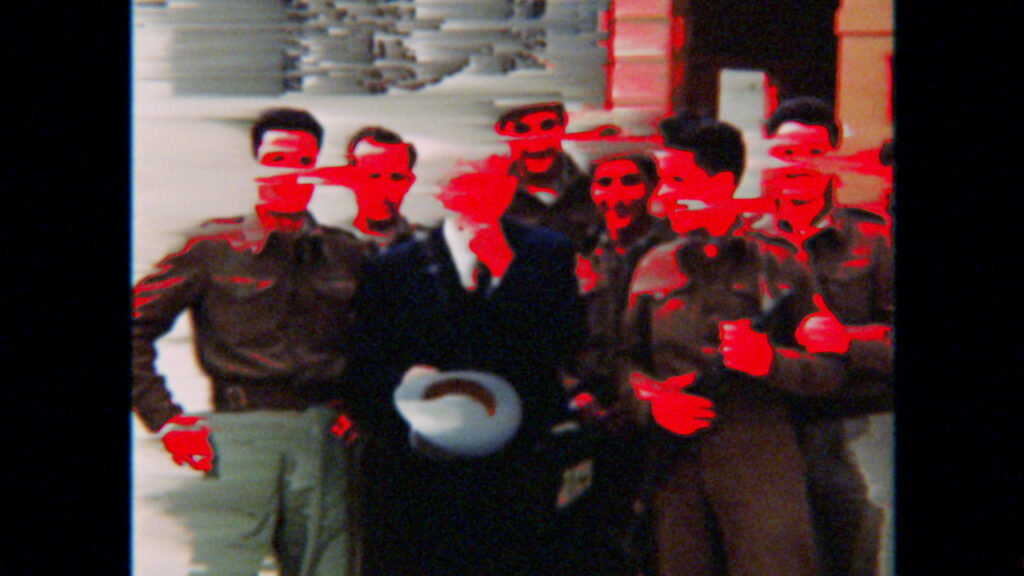Below, we publish a few questions addressed to director Kamal Aljafari about his competition film A Fidai Film.
Archivio Aperto explores the theme of memory and archives. How does your film intercept this theme? What elements of the film highlight this exploration of memory?
A Fidai Film aims at reconstructing a memory of a place, Palestine, that has been subjected to a systematic erasure, not only of the land and the people, but also of the memory, and consequently of its images and archives. An attempt to recreate images of Palestine then leads us not only to the memory of the place, but mostly to its present.
How do archive images influence the construction of the narrative? Can you tell us about a sequence in your film where archive images transformed or enriched the message you intended to communicate?
I couldn’t tell this story if not with archival material. The discovery of the song, In the Museum of Days, completely transformed the film and helped the structure. We have it at the beginning and the end of the film. The fascinating part of working with found footage is that you discover surprising things like they were made for my film. The song made the film more precise: it is like it was written for the film.
What found footage or experimental films have played an important role in your education?
Having studied at the KHM in Cologne with artists like David Lutcher and Zbigniew Rybczyński. I was exposed to unconventional artistic languages and this experience inspired me to make my films and find my language.
